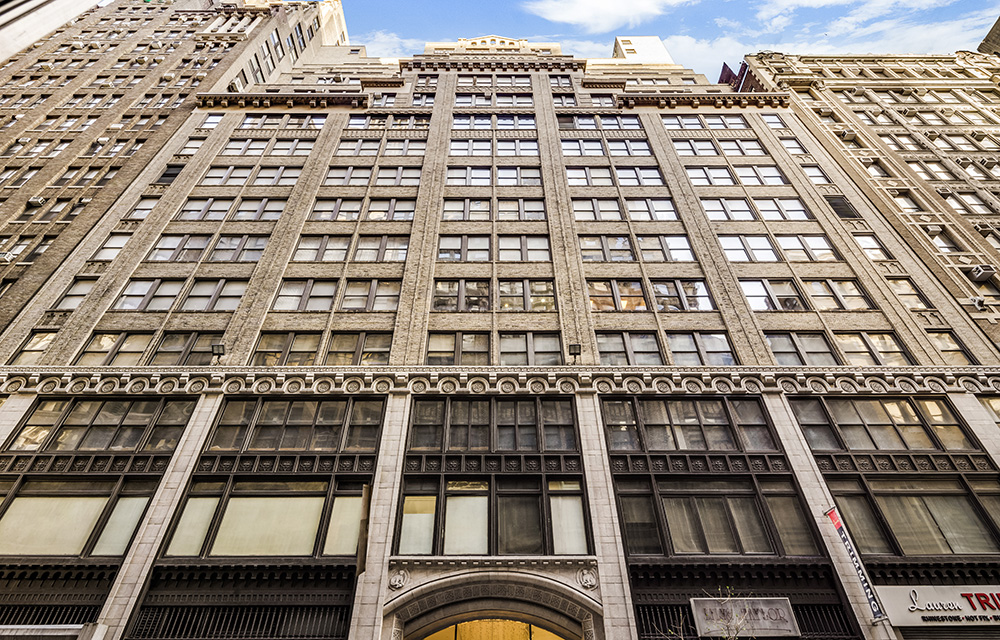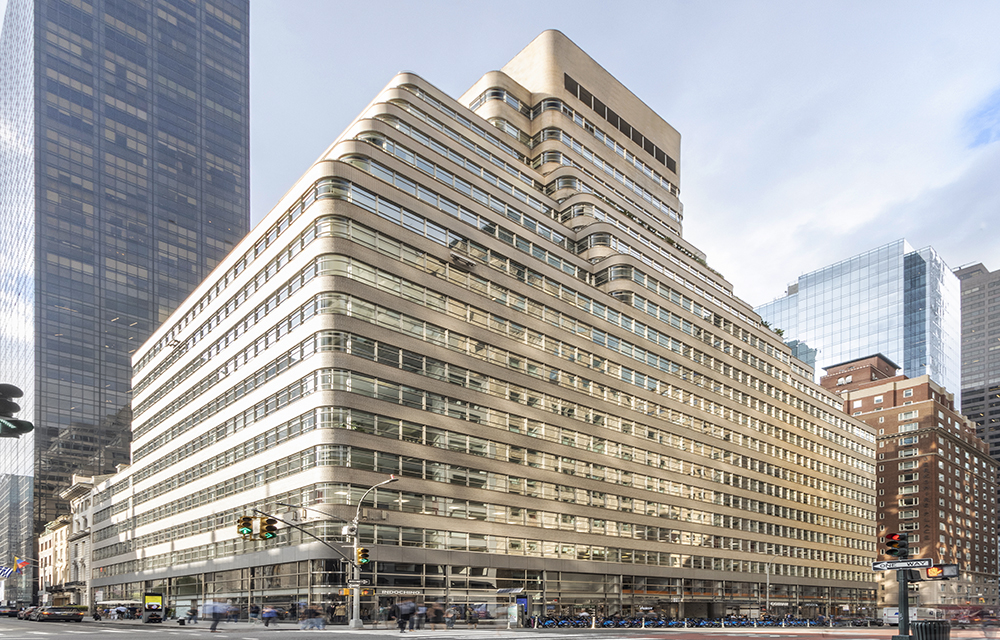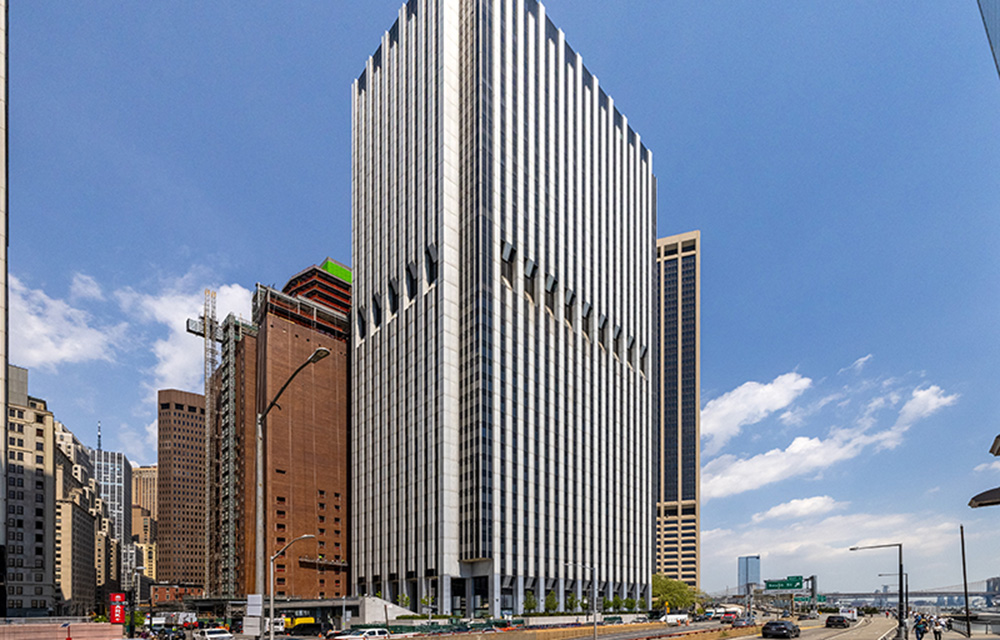News:
Brokerage
Posted: July 15, 2013
Colliers International: Solid economic growth boosts Q2 Manhttan Office Market
While the national and global economies sent out mixed signals during the second quarter of 2013, the New York City economy continued to show solid improvement. When combined with latent demand for office space, the result was many tenants taking advantage of relatively reasonable asking rents, especially in Midtown North and Downtown, according to new research from Colliers International.
The overall Manhattan availability rate increased only slightly to 12.1%, up from 12% in the first quarter of 2013, and has been essentially unchanged since the second quarter of 2012 when it was also 12.1%. In Midtown North, the availability rate declined to 12.3%, down from 12.6% in the first quarter, but was still slightly above the 12.2% level recorded in 2012's second quarter.
Moving in the other direction, Midtown South's availability rate increased to 9.2%, up from 8.9% in the first quarter and 8.8% last year. However, this increase was primarily due to several buildings being brought back to the market after refurbishing rather than a weakening of demand in what is still one of the country's healthiest submarkets. Downtown's availability rate also increased, to 15.9%, up from 15.3% in the first quarter, but still down from 16.7% one year ago.
Overall asking rents increased, ending the second quarter at $56.61 per s/f, up 1.7 percent from $55.69 per s/f in the first quarter of 2013, and essentially even with the $56.64/sf figure recorded a year ago. The average asking rent rose in Midtown North to $66.09 per s/f, up 1.6% from $65.07 per s/f in the first quarter, but is still down 3.6% from the $68.53 per s/f reached in the second quarter of 2012.
Rents continued their upward trek in Midtown South, reaching $51.52 per s/f in the second quarter of 2013, up 1.8% from $50.59 per s/f in the first quarter, and up 17.7% from $43.76 per s/f a year ago. Rents also rose Downtown, averaging $45.71per s/f in the second quarter, up .6% from the $45.45 per s/f it held the previous two quarters.
The overall upward tilt in the second quarter 2013 asking rents was likely the result of at least three different but interconnected factors:
· First, even after increasing during the past year, overall Manhattan vacancy rates are still relatively low, at 6.4%, up from 6.1% in the first quarter and 5.8% at the end of the second quarter 2012.
· Second, at 9.5 million s/f, overall leasing activity in the second quarter of 2013 rebounded from anemic levels in the previous two quarters, which combined saw slightly less than 10 million s/f. The healthy second quarter — buoyed by a robust April, which posted just under 5 million s/f of leasing alone — brought average quarterly leasing for the first half of 2013 to 7.2 million s/f. That pace is above the average of 6.5 million square feet during the previous two years and close to the levels reached during the exuberant period from 2005 through 2007.
· Third, New York City employment growth resumed after slowing in late 2012 and in early 2013. Through May 2013 total employment had increased year-over-year between 1.5% and 1.75%.
"The return of a more stable outlook for the regional economy helped to revive leasing activity and stabilize rent levels," said Joseph Harbert, President of the Eastern Region for Colliers International. "The recent uptick in Manhattan leasing activity is the result of deals closing that have been underway for some time. This increased level of activity also affirms that many companies view the current market — with the economy on a modest upswing and rents still relatively favorable to tenants — as a good time to make leasing decisions."
The Manhattan office market is also in the midst of a fundamental shift. Major office space users such as financial and legal service companies had further employment retrenchments in 2013. Wall Street-type employment, for example, is now down by 11% from pre-recession levels. Meanwhile, the technology, consulting, and education sectors are growing but need less space per employee. This transformation of the local economy is likely to continue for several more years and will drive both the total demand for space and the relative performance of the city's different markets.
At the submarket level, the impact of low vacancy and availability rates on asking rents was especially pronounced. For example, the vacancy rate for class A space in Midtown South's Penn Plaza submarket was 2.8 percent in the second quarter, while the average asking rent jumped to $56.08/sf, up 7.6% from $52.13 per s/f in the first quarter and up 15.9 percent from $48.37/sf one year earlier. By contrast, Midtown North's Grand Central class A vacancy rate reached 9.5% in the second quarter, with its $61.63/sf average asking rent down from the $61.80/sf recorded a year ago.
The demand for true trophy space also remains strong; while the supply of that space in Midtown locations is sparse. As a result, the last quarter saw a rebound in high rent deals.
Investment Sales Activity Remains Strong
The uptick in office property sales prices reported for the first quarter of 2013 continued in the second quarter. The average sales price reached $1,024/sf, up 28.2 percent from $799/sf in the first quarter. Nine transactions closed in the second quarter, with a total transaction value of nearly $4 billion. For the first half of 2013, 24 transactions closed with an aggregate value of $7.8 billion.
Most of the sales activity in the second quarter involved Class A buildings, including a partial sale of 767 Fifth Avenue, the GM Building, with an implied price of $1,889/sf.
The market also saw aggressive pricing on buildings with a significant percentage of retail space. For example, the 175,000-square-foot 1619 Broadway is a Class B building that was built in 1931 and recently sold at $1,060/sf. The new owners have also indicated they will undertake a significant capital expenditure program to attract new tenants. However, slightly more than 25 percent of this building is retail, and this type of retail space in the Times Square submarket has rents near $2,000/sf.
As the second quarter was drawing to a close, the Federal Reserve indicated that it might soon begin to reduce its purchase of mortgage-backed securities, which sent longer term interest rates higher. The 10-Year Treasury yield quickly moved from 1.75 percent to 2.50 percent, and the spread of mortgage bond yields over treasury rates widened. The market is now focused on what impact the increase in borrowing rates will have on the sales market.
Tags:
Brokerage
MORE FROM Brokerage
Meridian Capital Group arranges 10-year retail lease for Mess at 236 West 10th St.
Manhattan, NY According to Meridian Capital Group, Jordan Langer, Noam Aziz and Carson Shahrabani of the firm’s retail leasing team have arranged a five-year lease at 236 West 10th St. in Greenwich Village

Columns and Thought Leadership

Lasting effects of eminent domain on commercial development - by Sebastian Jablonski
The state has the authority to seize all or part of privately owned commercial real estate for public use by the power of eminent domain. Although the state is constitutionally required to provide just compensation to the property owner, it frequently fails to account

Strategic pause - by Shallini Mehra and Chirag Doshi
Many investors are in a period of strategic pause as New York City’s mayoral race approaches. A major inflection point came with the Democratic primary victory of Zohran Mamdani, a staunch tenant advocate, with a progressive housing platform which supports rent freezes for rent

Behind the post: Why reels, stories, and shorts work for CRE (and how to use them) - by Kimberly Zar Bloorian
Let’s be real: if you’re still only posting photos of properties, you’re missing out. Reels, Stories, and Shorts are where attention lives, and in commercial real estate, attention is currency.

AI comes to public relations, but be cautious, experts say - by Harry Zlokower
Last month Bisnow scheduled the New York AI & Technology cocktail event on commercial real estate, moderated by Tal Kerret, president, Silverstein Properties, and including tech officers from Rudin Management, Silverstein Properties, structural engineering company Thornton Tomasetti and the founder of Overlay Capital Build,








.jpg)

.gif)